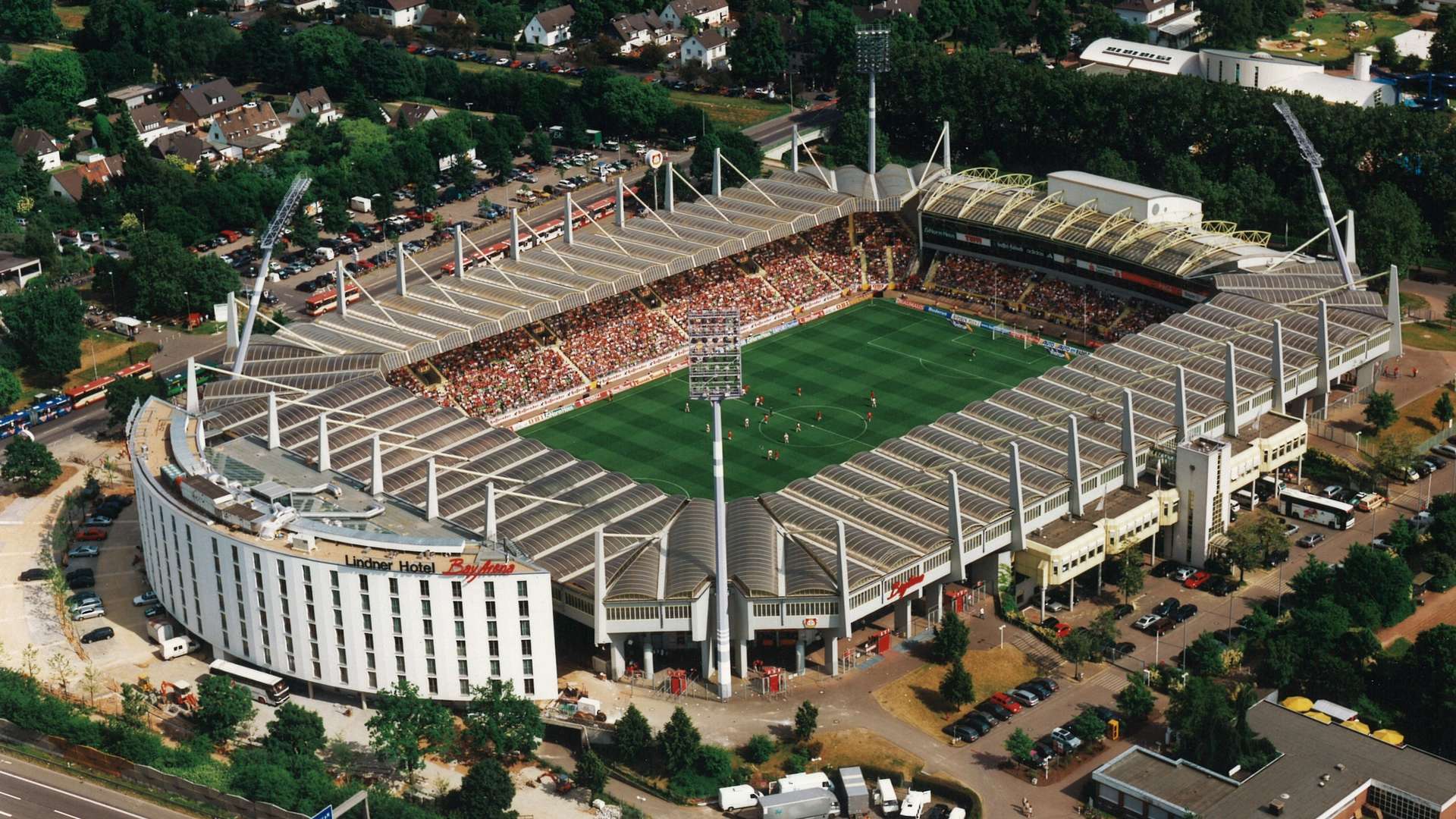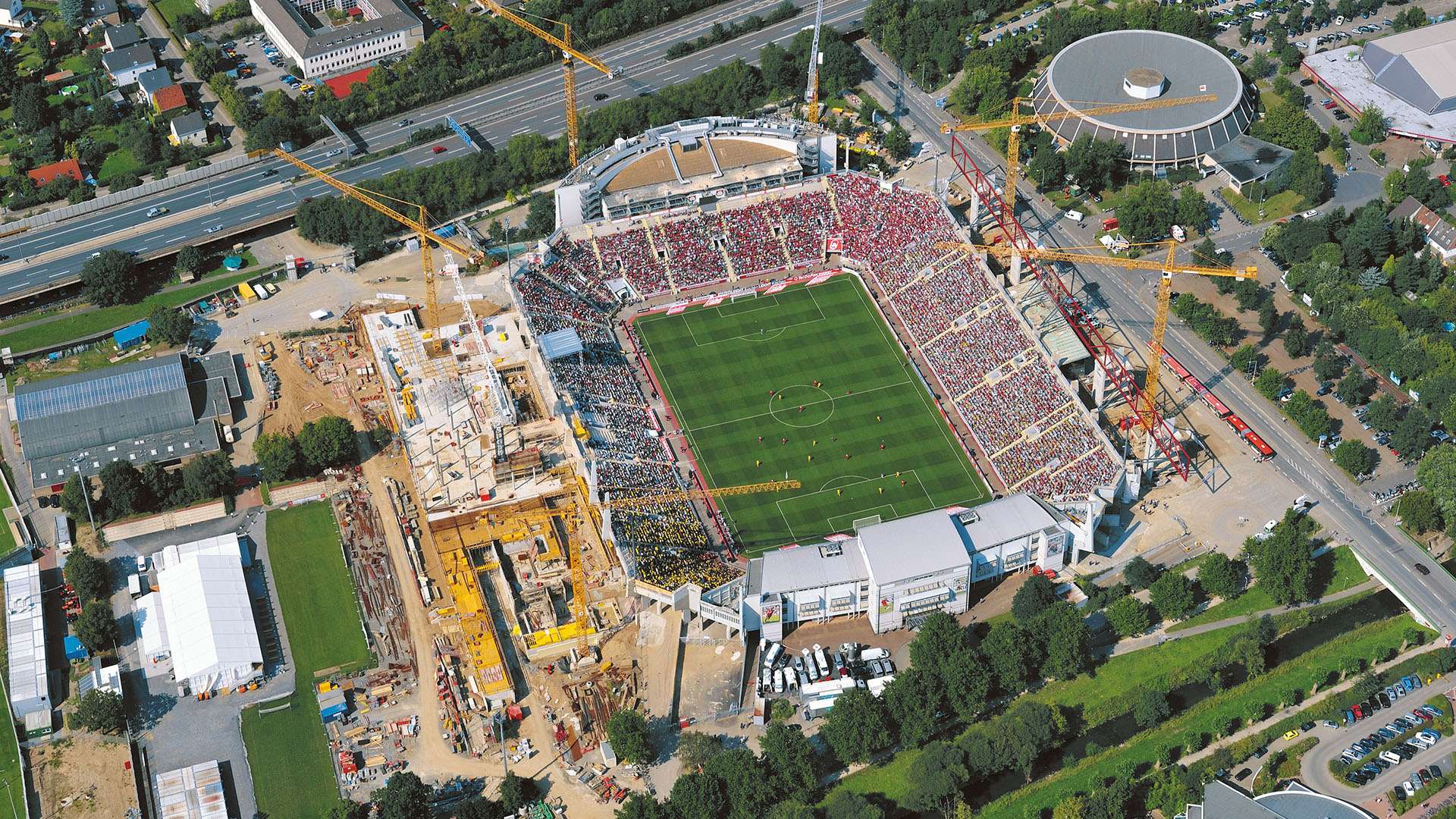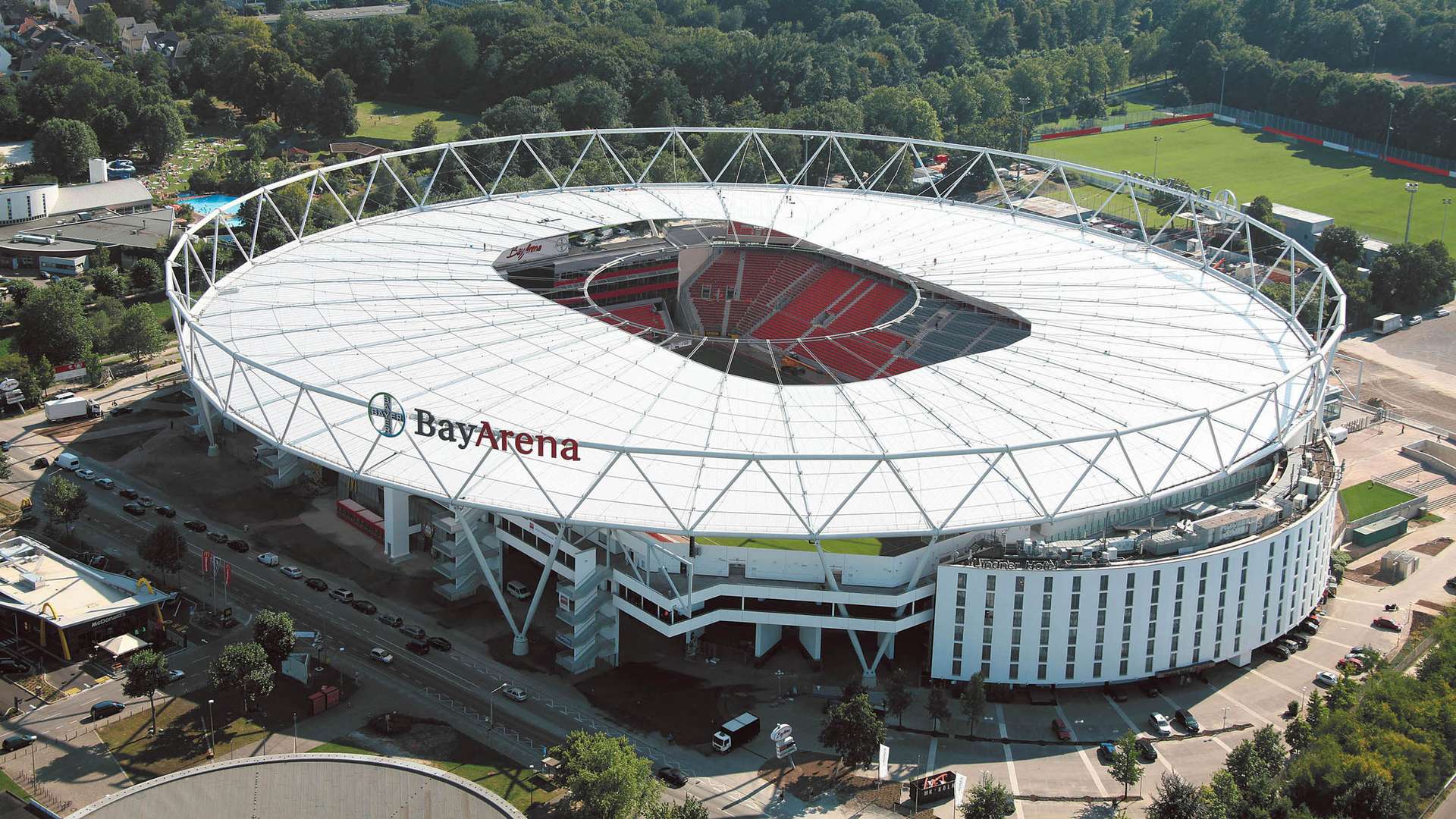
iBet uBet web content aggregator. Adding the entire web to your favor.
Link to original content: http://www.bayer04.de/en-us/page/bayarena/history-of-the-stadium

It all begins in 1907. It was first called the ‘Pitch on the Dhünn’ or ‘Dhünn pitch’, later ‘Stadium by the city park’ and ‘Ulrich Haberland Stadium’ and today the ‘BayArena’. Discover the history of the creation of one of Europe’s most modern stadiums.
The football section of the gymnastics and sports club of the paint factories formerly known as Friedrich Bayer & Co. in Leverkusen played at different venues in the early years:


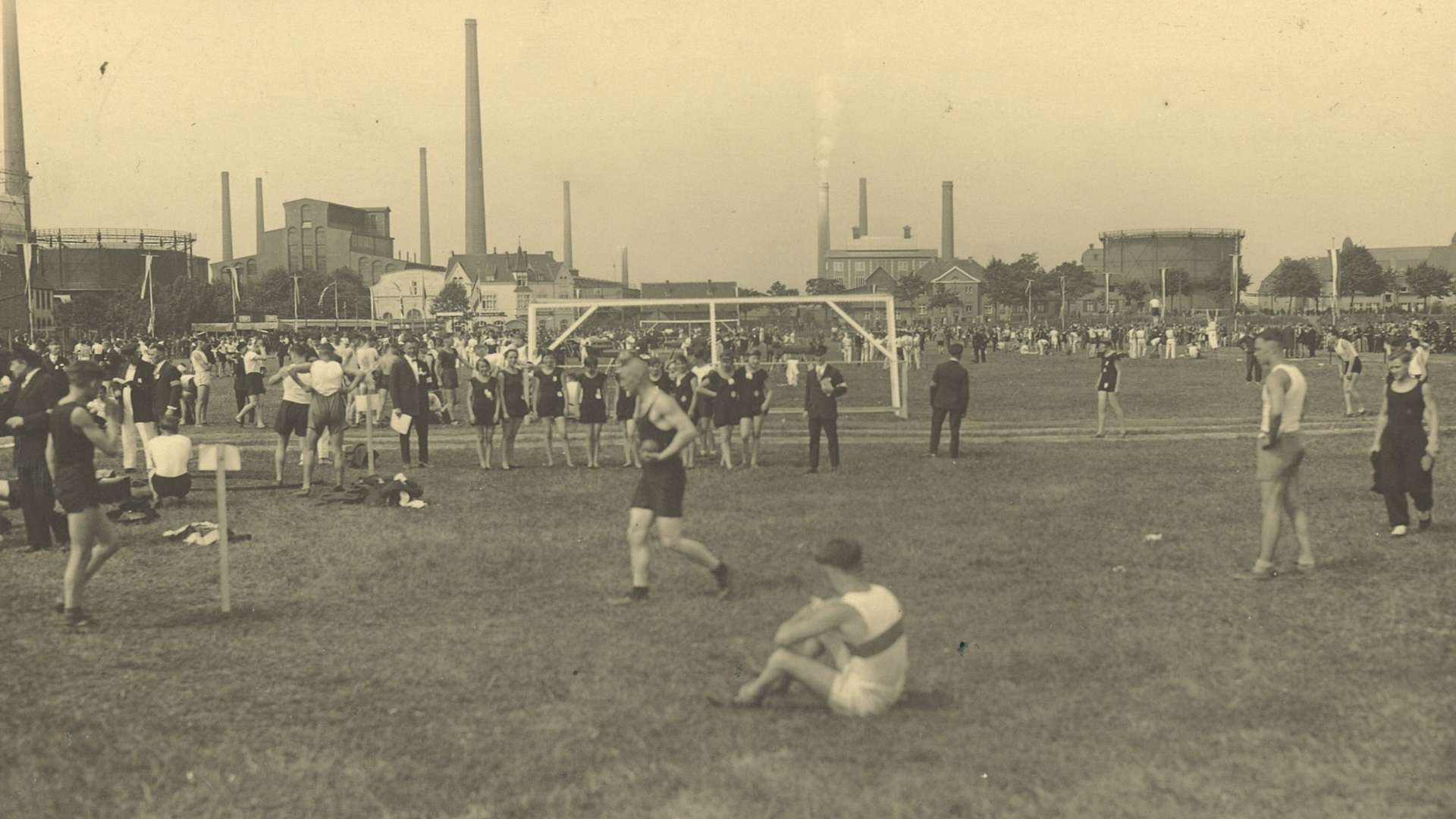
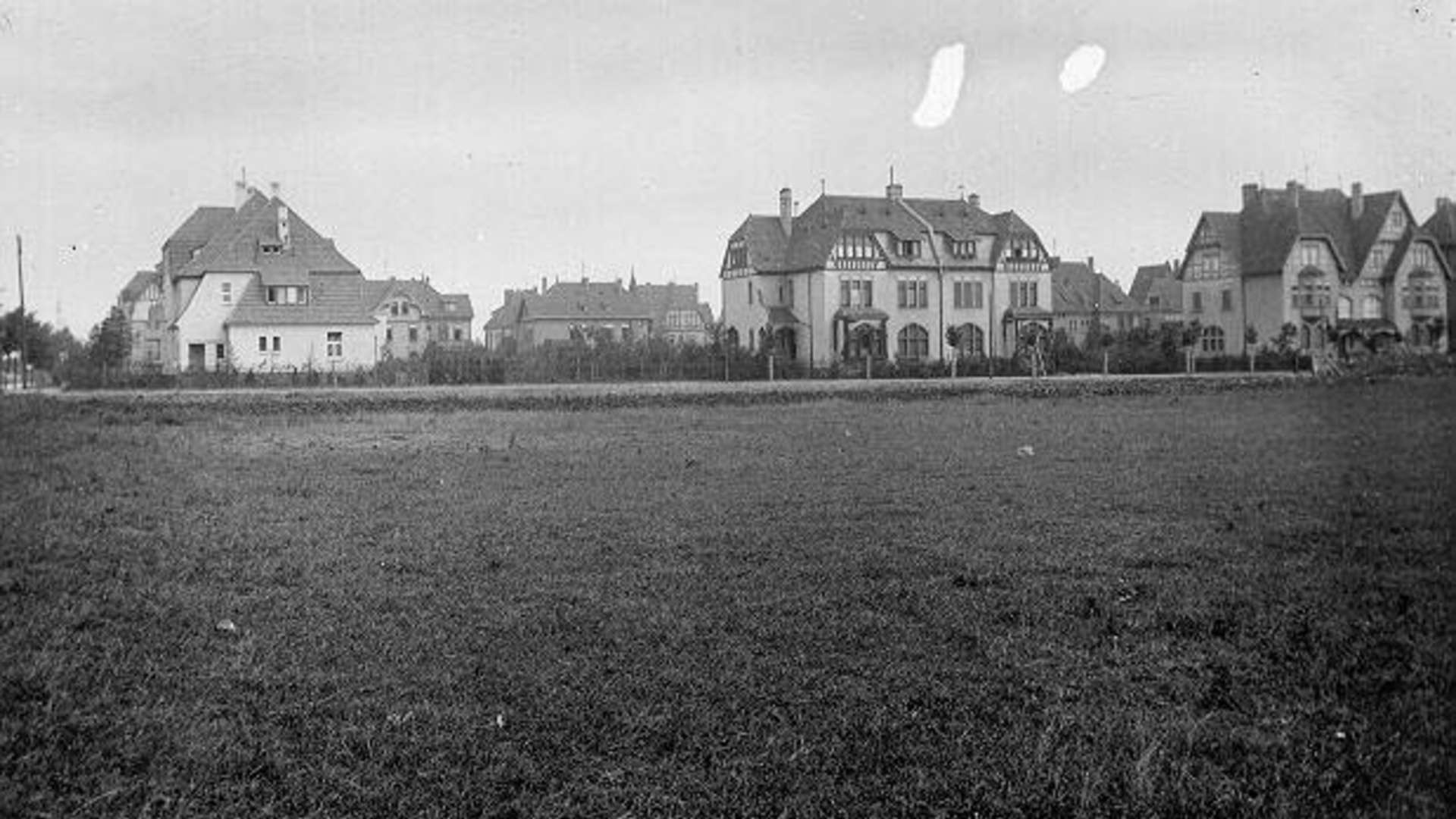
Platz an der Dhünn also known as Dhünn Platz
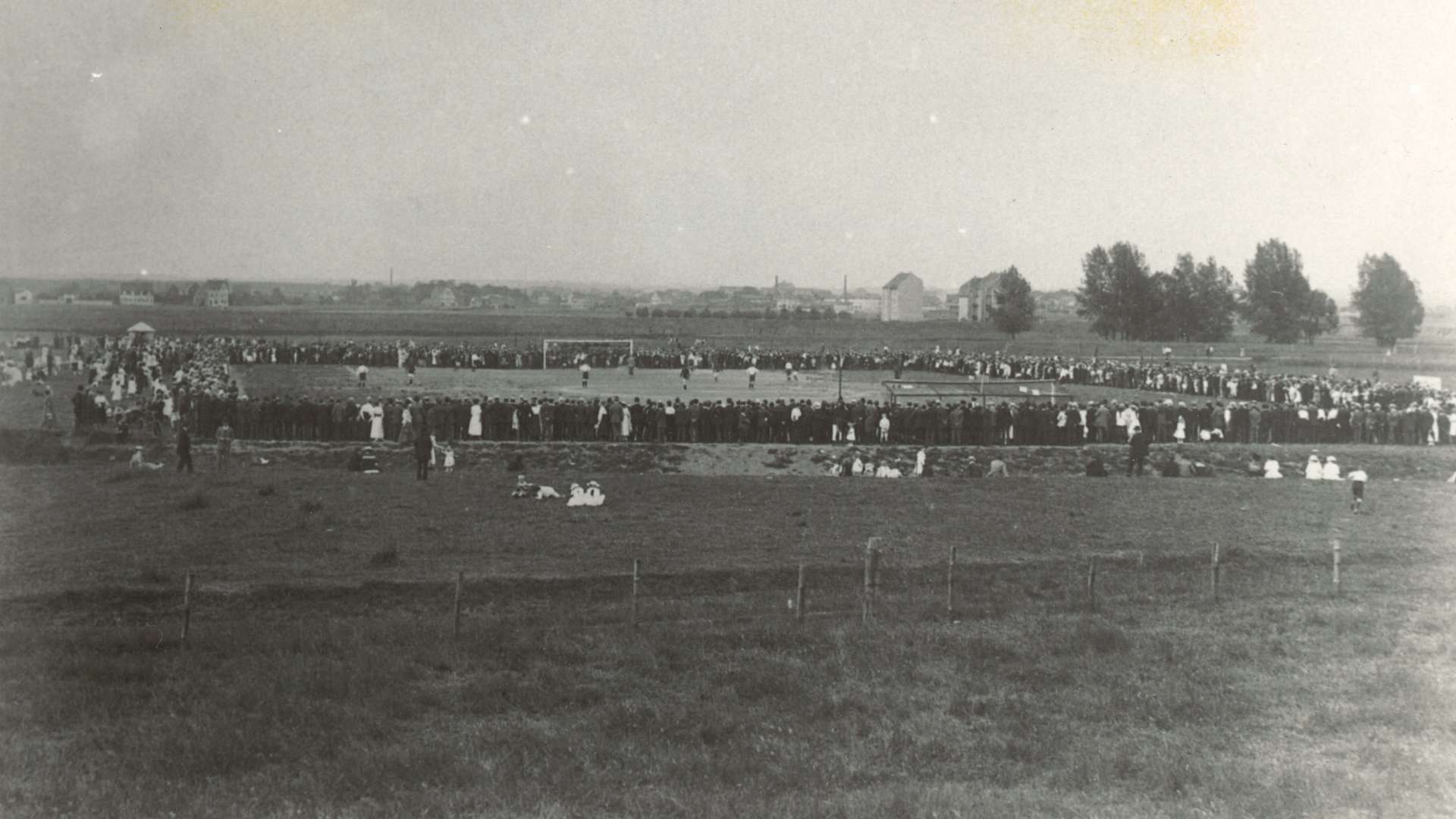

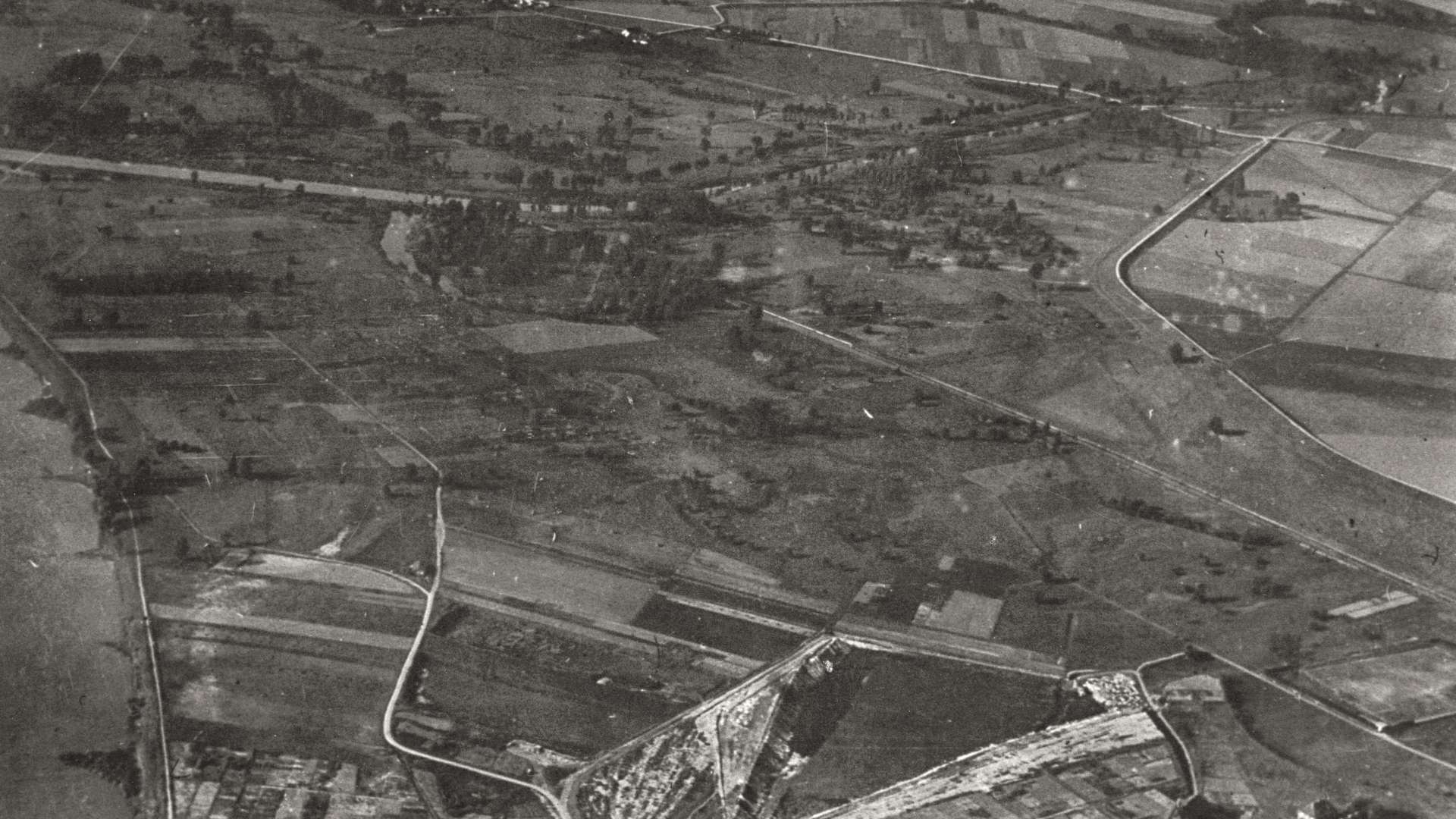
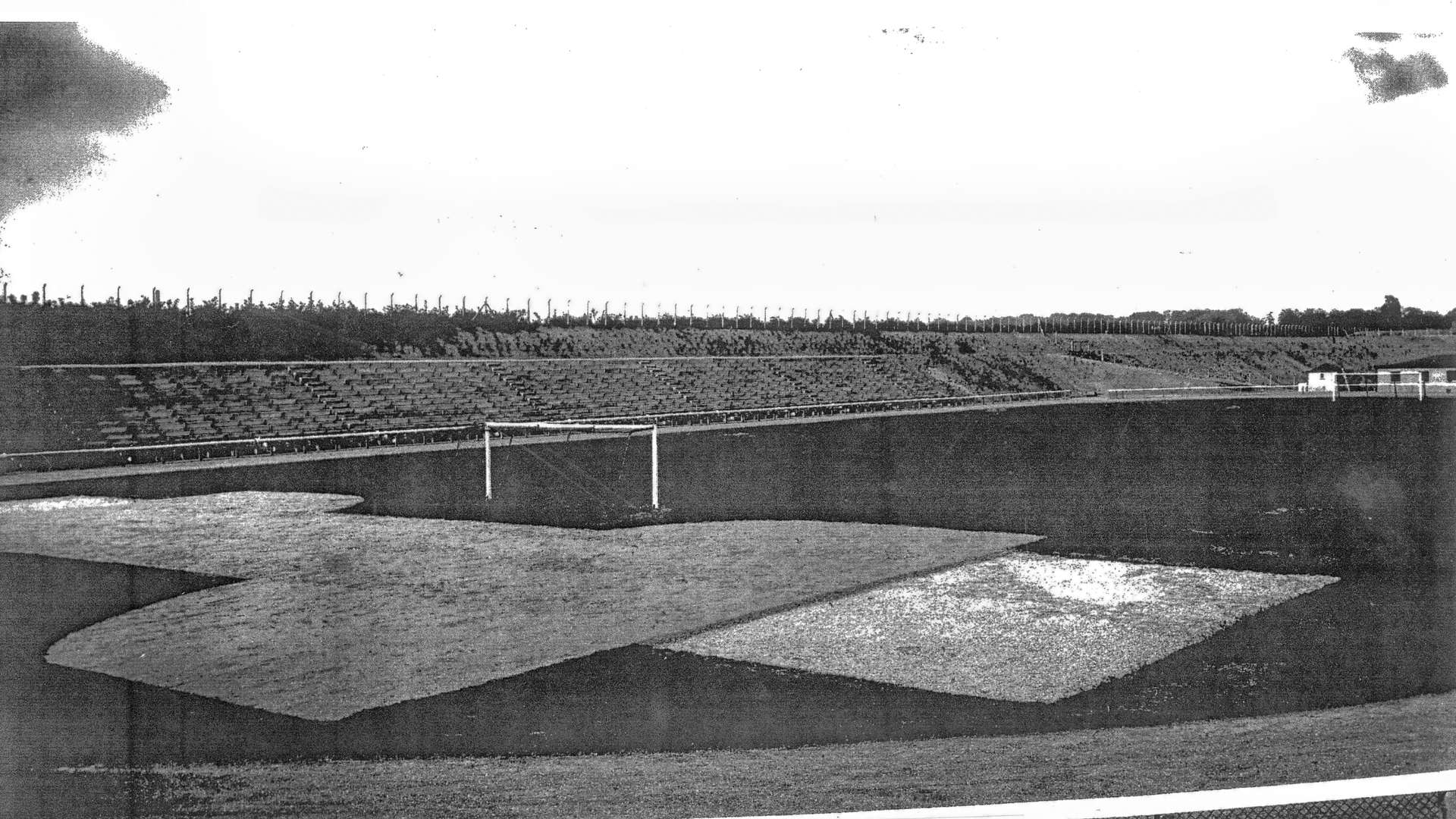
Stadium Am Stadtpark
Bayer 04 Leverkusen begin moving to the Ulrich Haberland Stadium from the summer of 1958. However, the pitch is so badly damaged in a friendly against MSV Duisburg in November 1958 that the Bayer team have to return to the old Stadtpark ground until the end of the season and the home ground on Bismarckstraße could only used from the 1959/60 season up to today. (Picture 12)




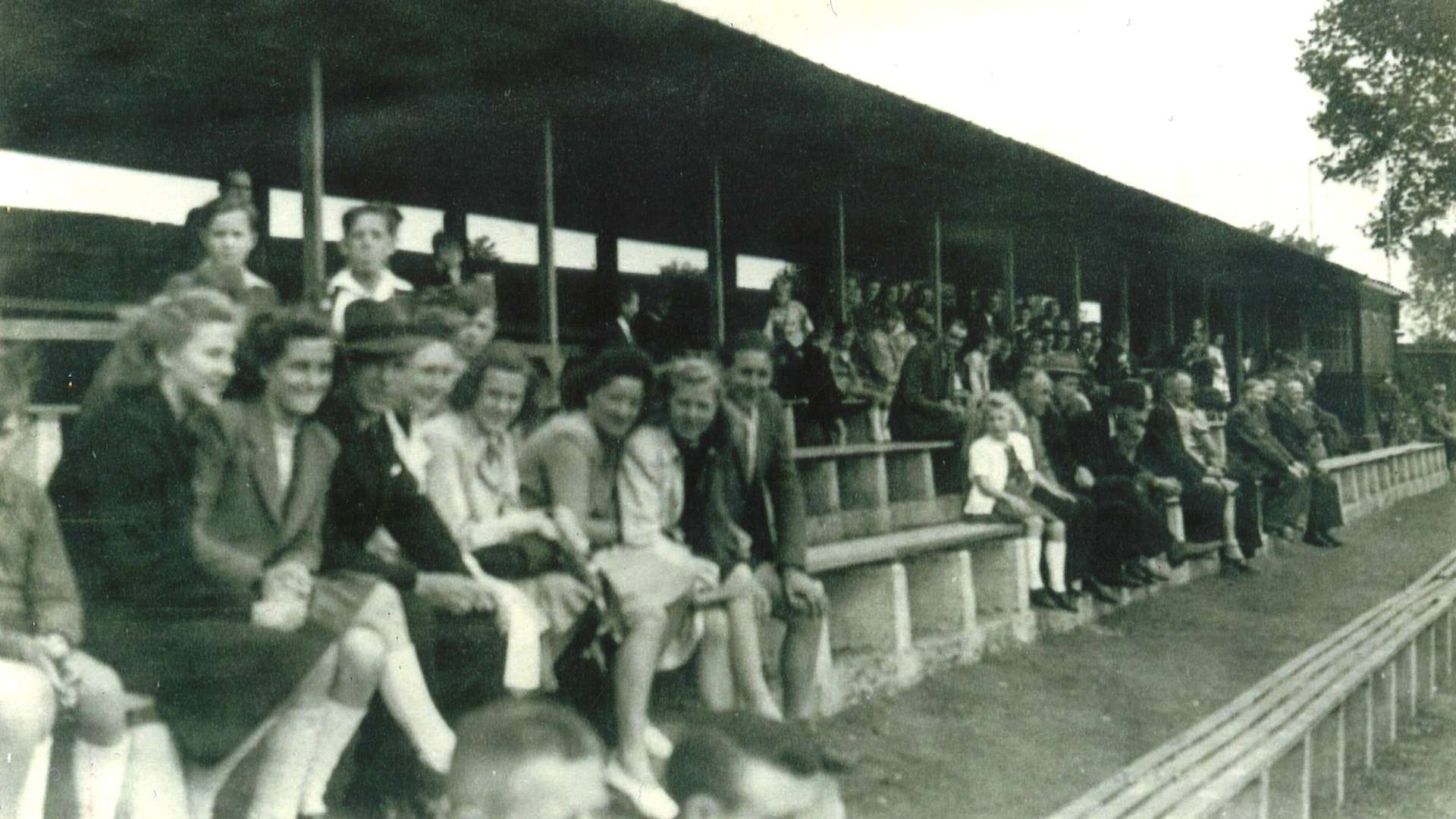
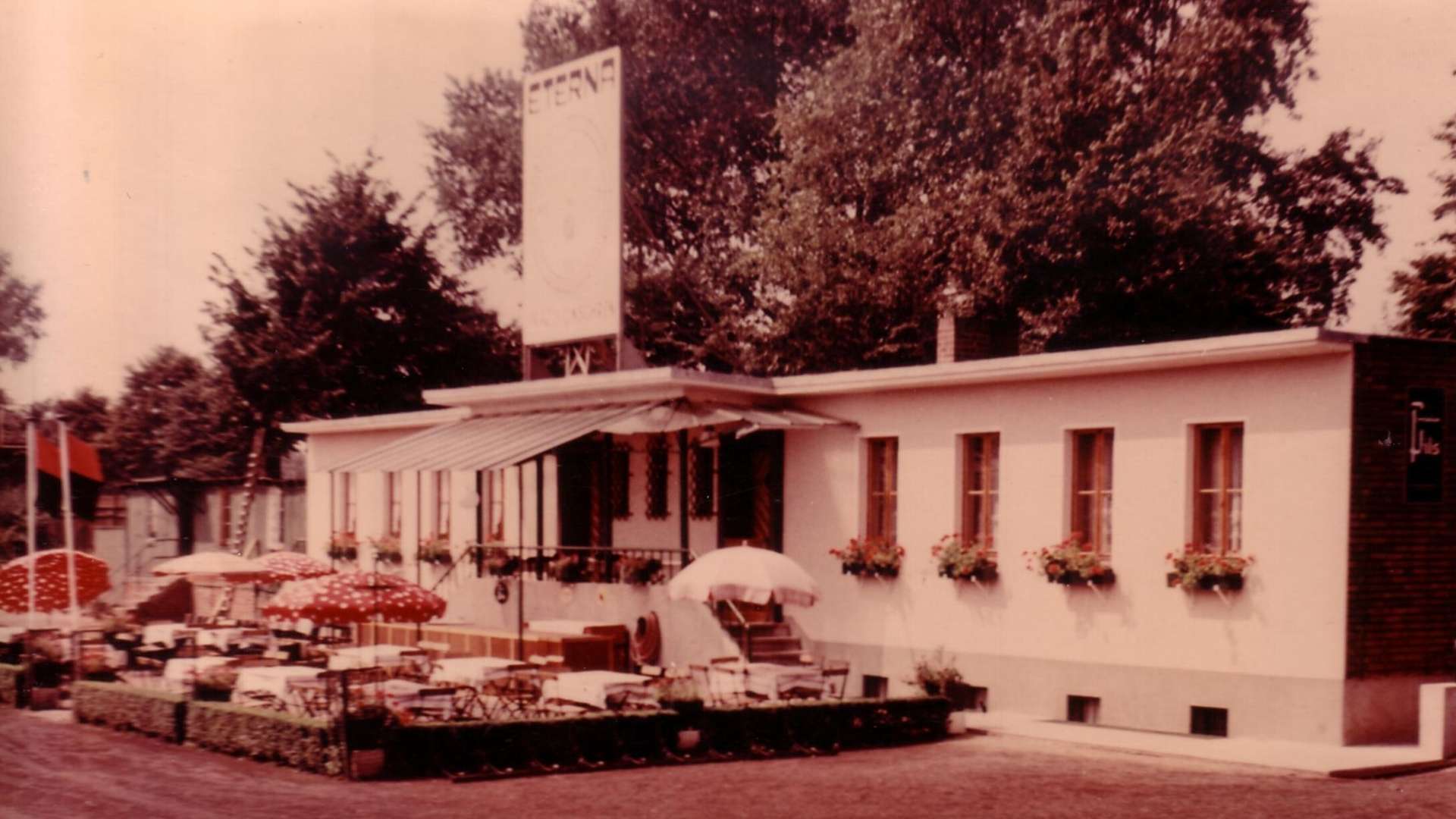
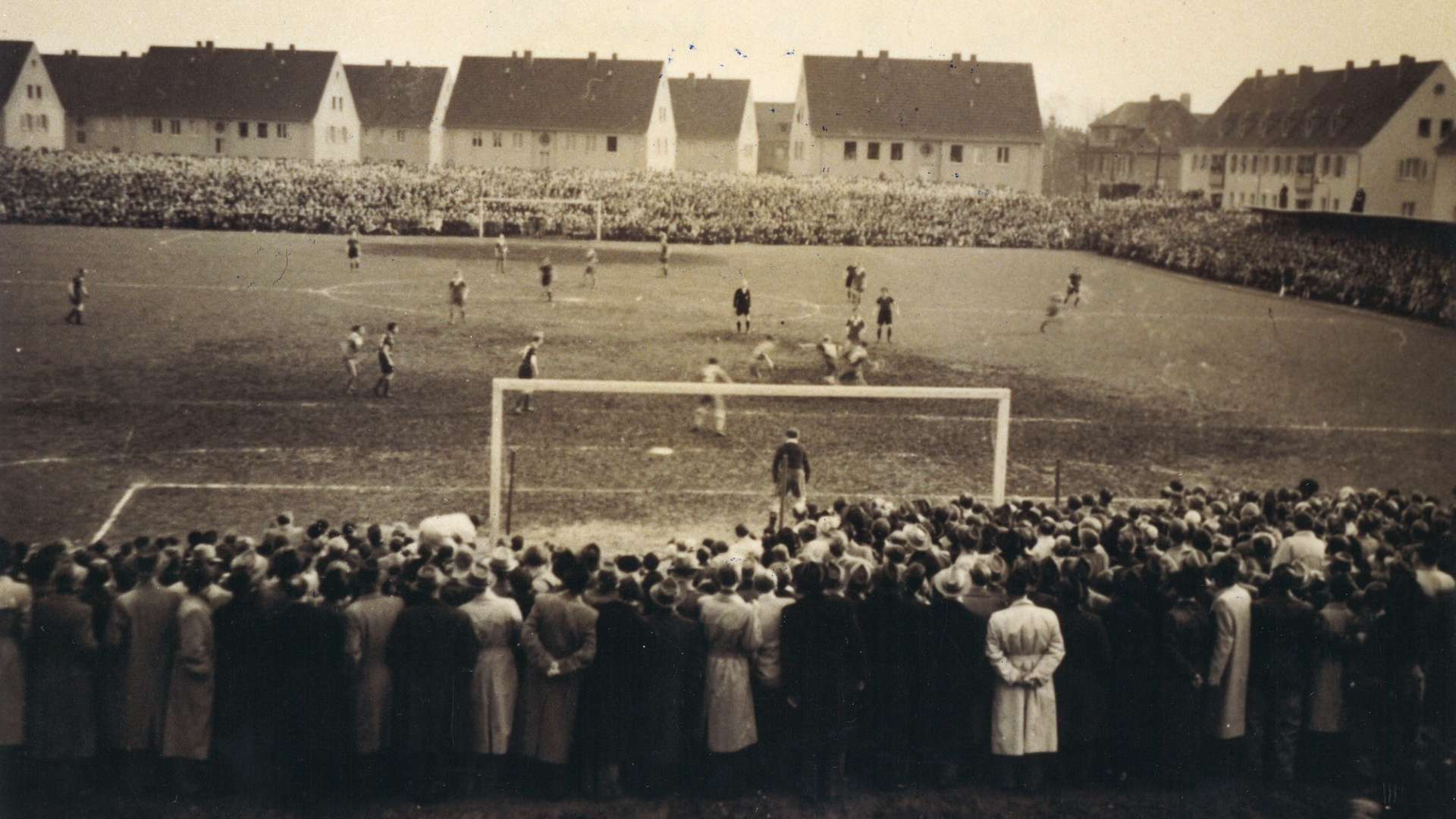
Ulrich Haberland Stadium
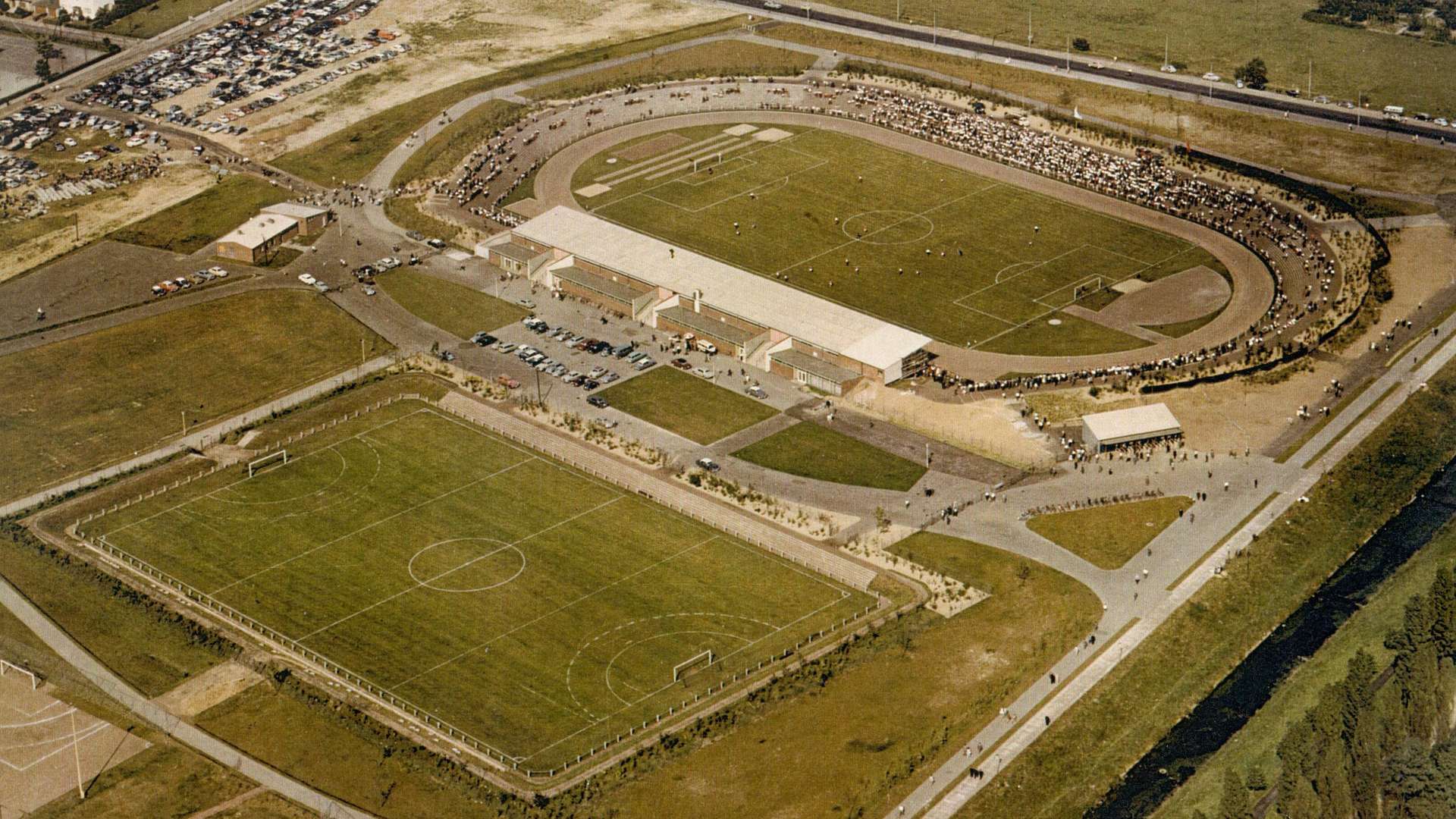

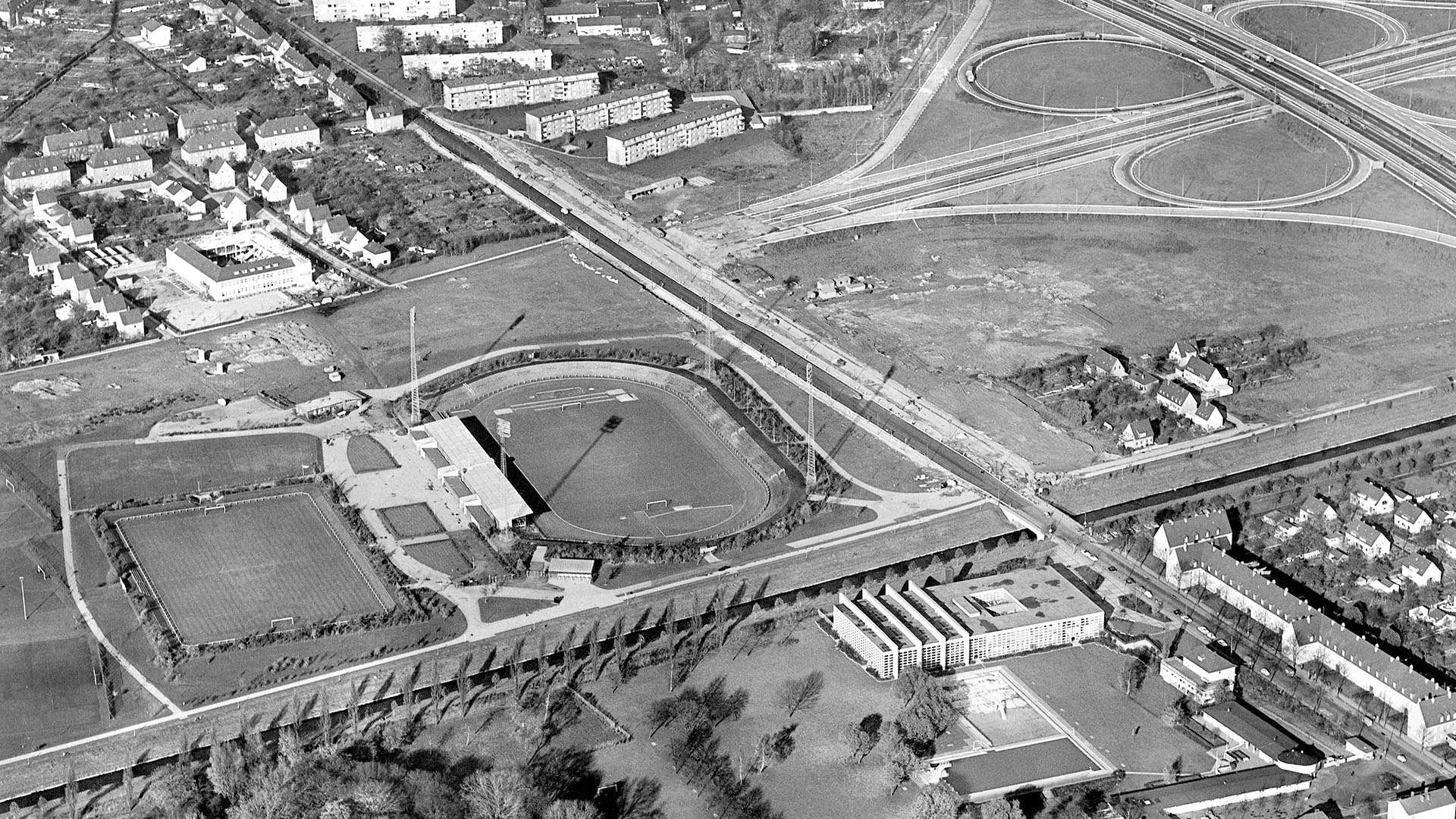
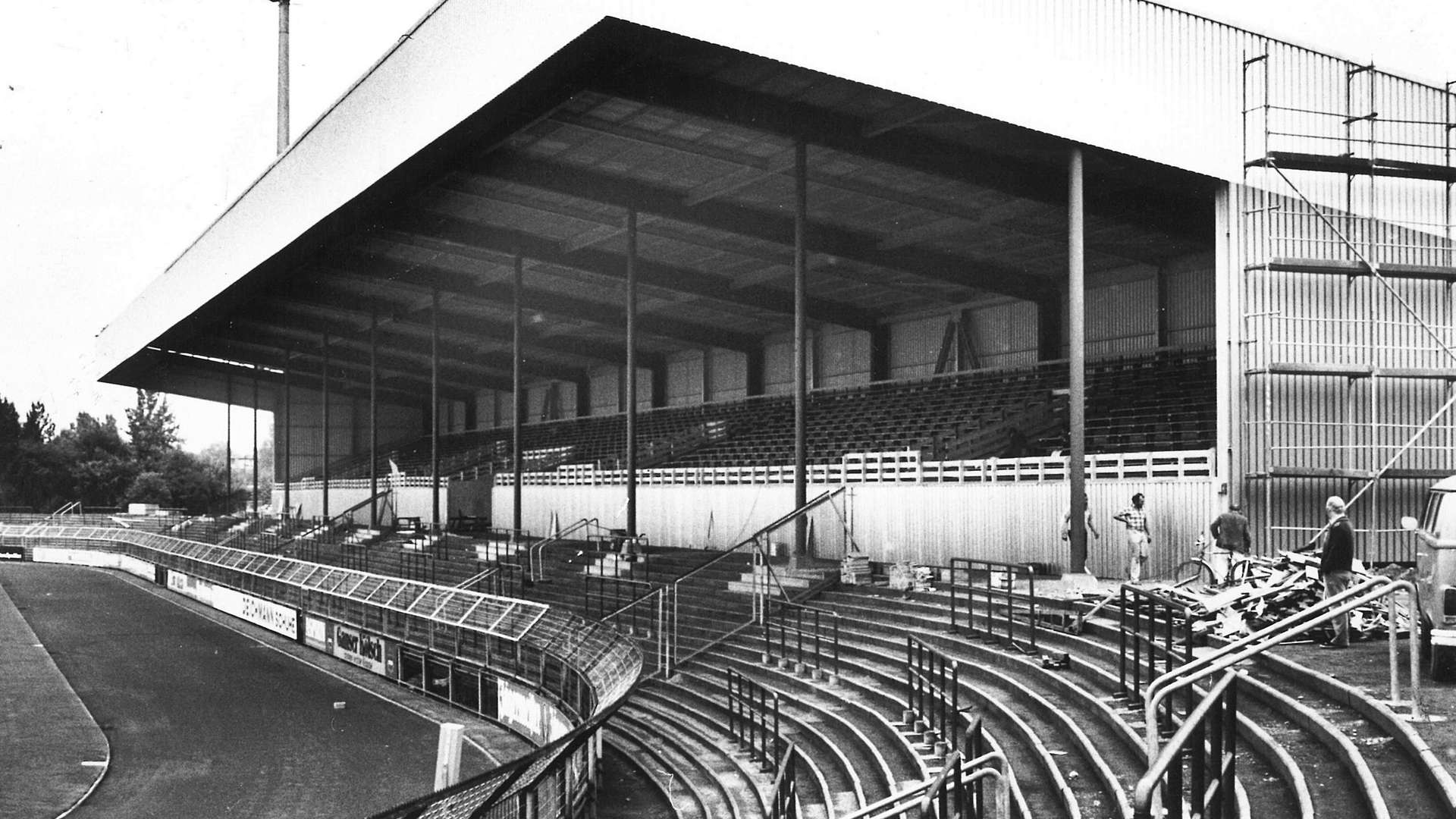
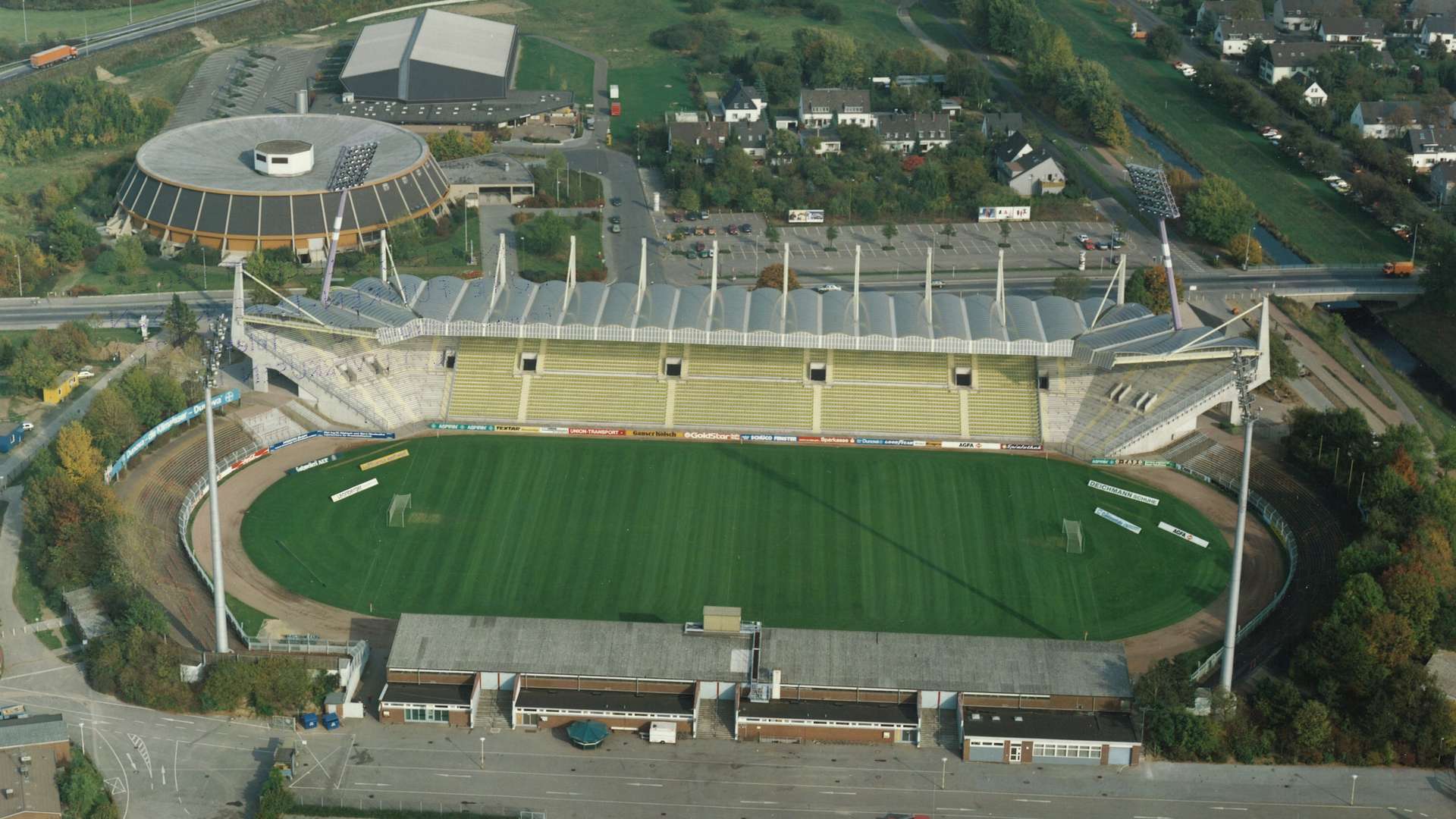
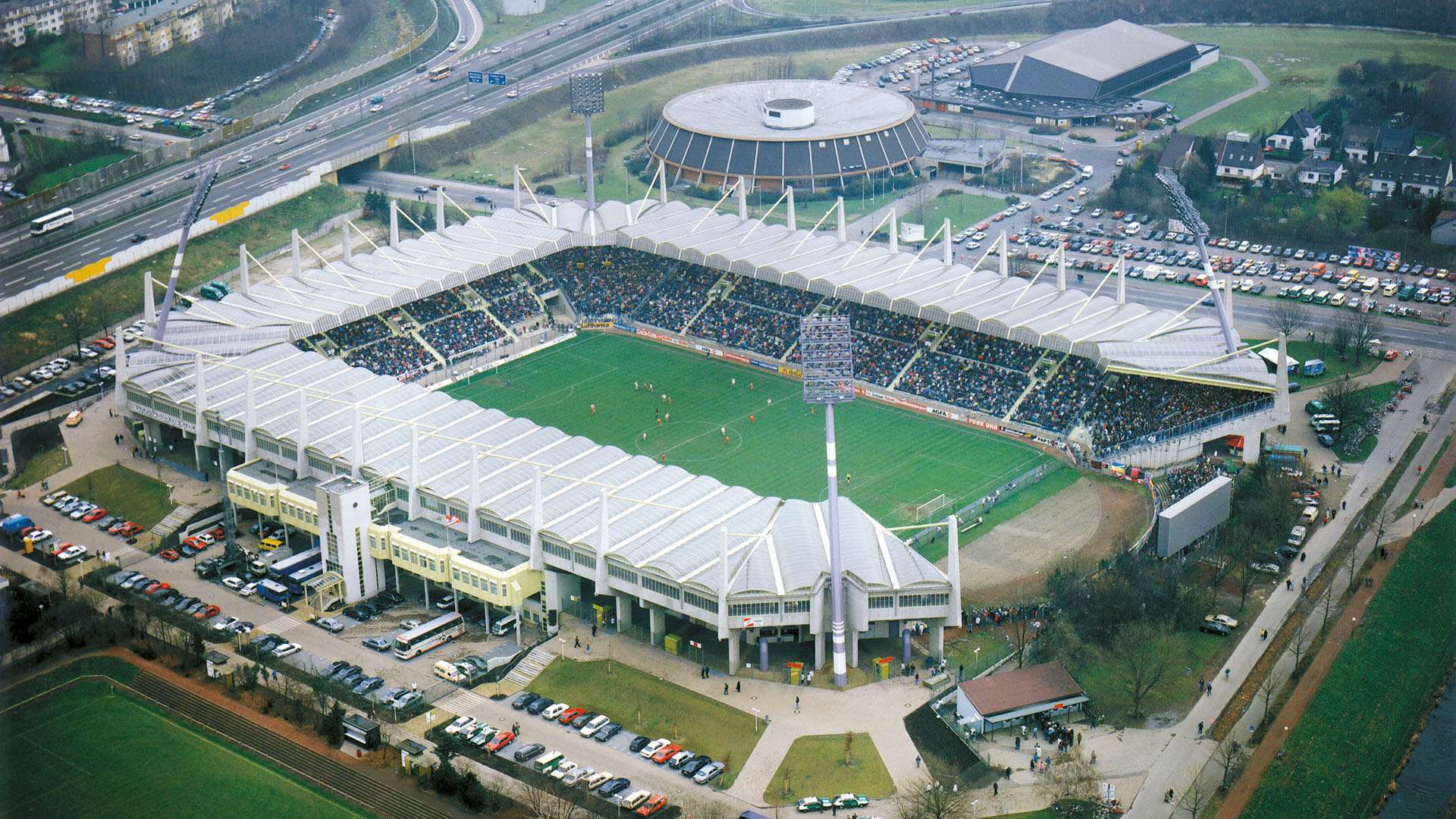
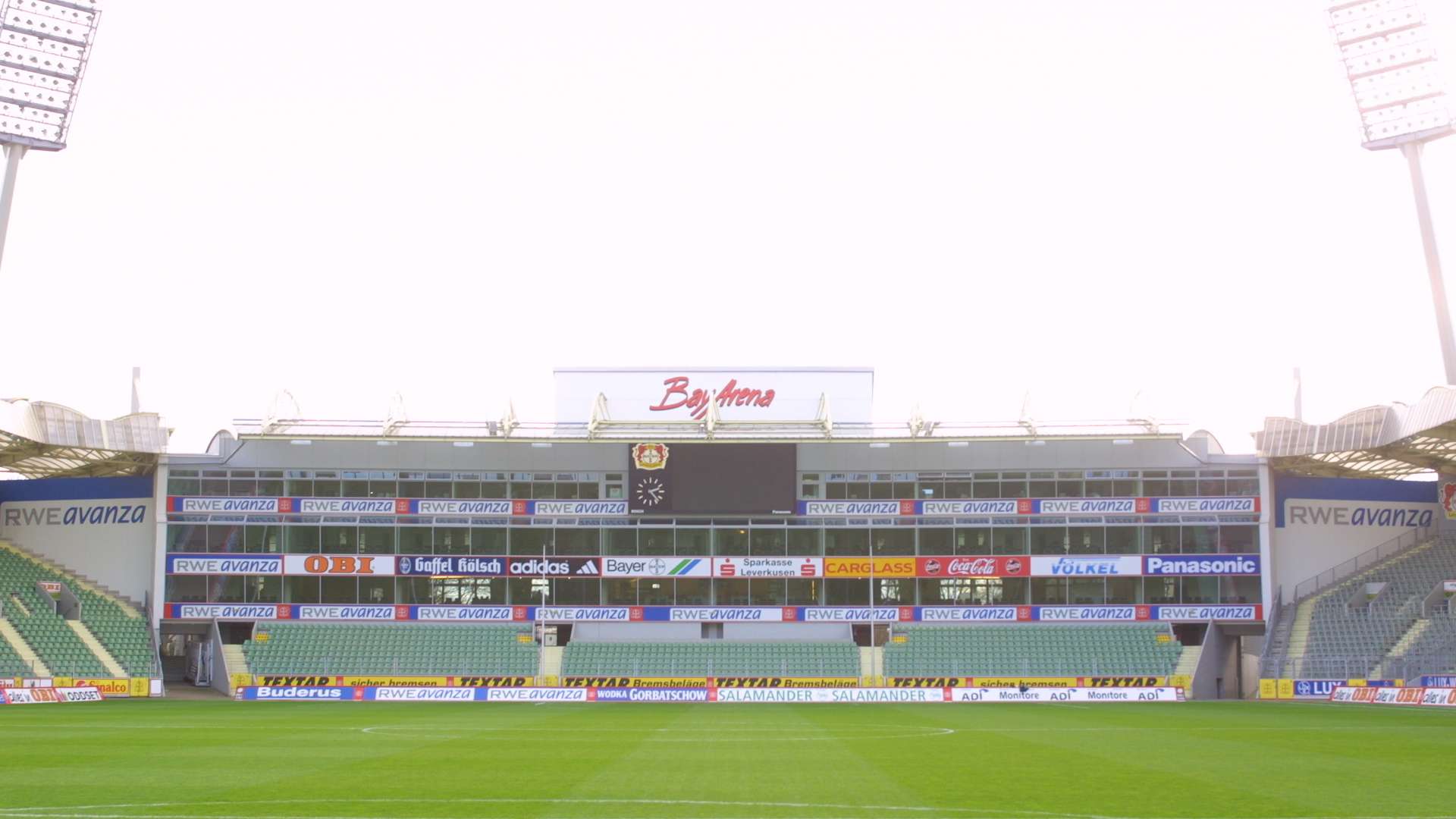
BayArena
